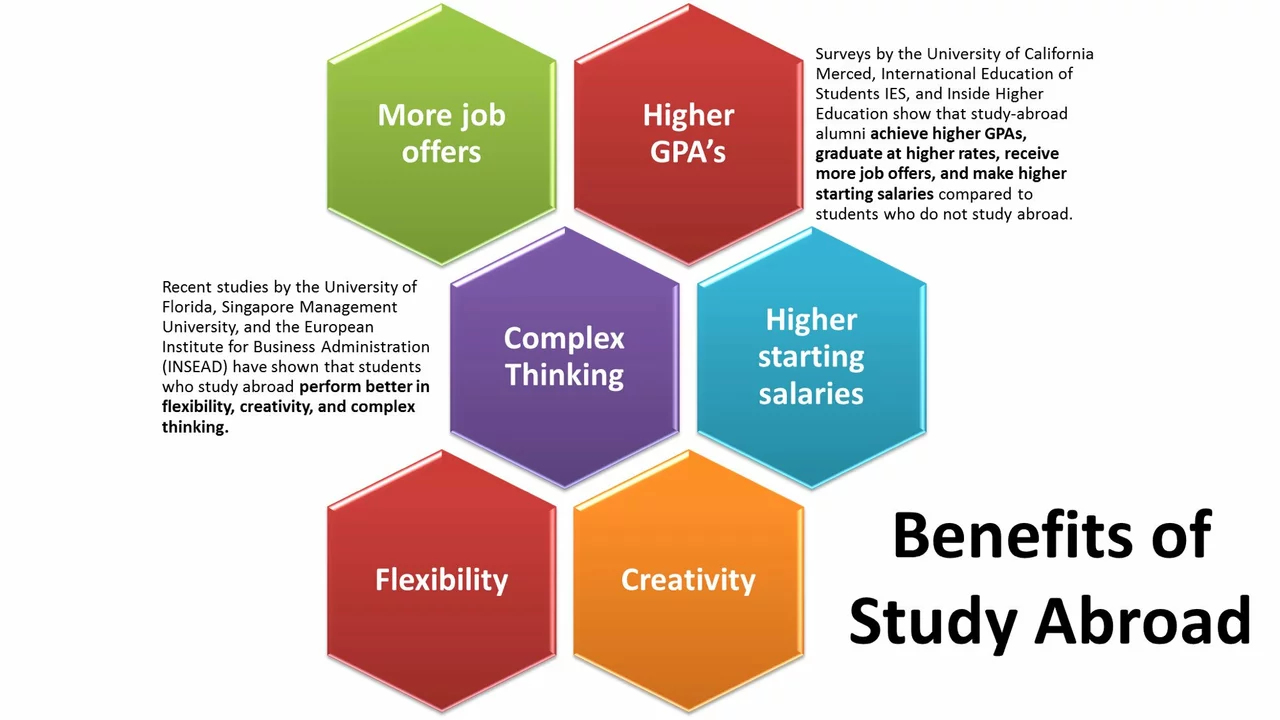Subsidizing Higher Education: Does It Lower Value?
You’ve probably heard the debate: when the government pitches in to pay for college, does that cheapen the degree? It’s a hot question that sits at the crossroads of education and finance, and it matters to anyone thinking about tuition, loans, or career prospects.
Why Subsidies Exist
First off, subsidies aren’t a random handout. They’re meant to level the playing field, letting students from low‑income families chase a degree they otherwise couldn’t afford. States and the federal government offer grants, need‑based aid, and tuition‑free programs to boost enrollment and keep the talent pipeline flowing.
When you compare a fully self‑financed student to one who received a grant, the financial pressure is dramatically different. The subsidized student can focus more on studies and less on juggling part‑time jobs, which often translates into higher graduation rates.
Does Money Translate to Lower Value?
Some argue that cheapening the price tag also cheapens the credential. They point to a flood of graduates and claim that employers may start treating degrees as a baseline rather than a premium signal. But the reality is a bit messier.
Look at the data: fields that receive strong public funding, like engineering or nursing, still command high salaries. The key is not the amount of subsidy but the quality of the program and the skills you walk away with. A well‑designed curriculum with hands‑on experience still stands out, even if tuition was partially covered.
Another angle is perception. If a degree is tied to a reputable public university, the institution’s brand often overshadows the funding source. Employers ask, “Where did you study?” not “Did you pay full price?” So, the stigma around subsidized education is fading as more students graduate debt‑free and prove their worth on the job.
However, there’s a valid concern: mass subsidies can lead to enrollment spikes without a matching increase in resources. Overcrowded classes, stretched faculty, and diluted student services could affect learning outcomes, indirectly lowering the perceived value of a degree.
That’s why smart policy matters. Targeted subsidies that tie aid to performance, program demand, or post‑graduation employment help keep quality high while still opening doors.
For you, the takeaway is simple. Don’t dismiss a subsidized degree because of a myth about “cheapness.” Focus on the program’s reputation, the skills you’ll acquire, and how well it aligns with your career goals. If a scholarship or grant eases your financial load, it’s a win—not a loss.
In the bigger picture, education and finance are intertwined. Smart funding can boost access without compromising quality, leading to a more skilled workforce and a healthier economy. Keep an eye on how policies evolve, but remember that your effort and the knowledge you gain are the real drivers of value.

Does subsidizing higher education lower its value?
Well, butter my biscuit, we're diving into a hot topic here folks! Let's chew on this: does throwing government cheddar at higher education devalue it? Some folks think so, arguing that when Uncle Sam picks up the tab, degrees might lose their sparkle. But others say, "Hold up! More education for everyone? That's like complaining about too many puppies!" Still, it's a tricky balance - like trying to juggle flaming pineapples. So, is subsidized education a value-deflating boogeyman or just a misunderstood champion of the masses? The jury's still out, folks.
Read More